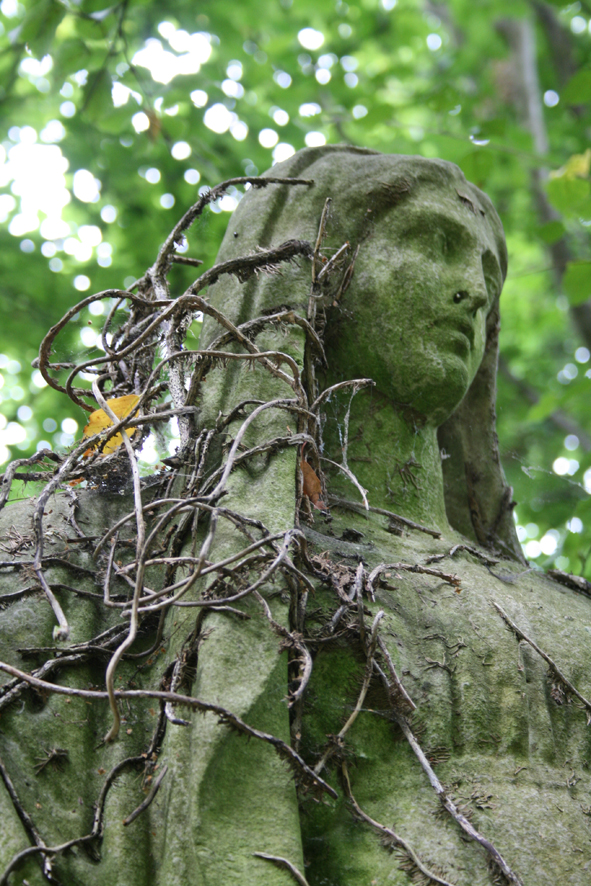 |
| SAMUEL BAGSTER |
My wife
Judith has an aunty called Joy Bagster. Joy, like my dear wife is from the Dublin,
Ireland. On a recent trip to London. Joy and myself, made a visit to Abney Park
Cemetery, in search of the graves and final resting place of long lost
relatives. In Joy’s case these relatives turn out to be quite famous.
Abney Park
Cemetery is in Stoke Newington and is one of the Magnificent Seven London
cemeteries. A total number of 196,843 burials have taken place there as of the
year 2000. In 1832 Parliament passed a bill encouraging the establishment of
private cemeteries outside London, and later passed a bill to close all inner
London churchyards to new burials. Over the next decade seven cemeteries were
established: Kensal Green Cemetery-1832, West Norwood Cemetery-1837, Highgate Cemetery-1839, Abney Park Cemetery-1840, Nunhead Cemetery-1840, Brompton Cemetery-1840, Tower Hamlets Cemetery-1841. Many famous people have been buried there and if you like looking around over
grown grave yards, this is just the place. It comes complete with a derelict chapel
in the middle of it. A perfect back drop if you wanted to film a Hammer Horror
film.
But myself
and Joy weren’t here to film a horror film, we were in search of the Bagster clan
and in particular Samuel Bagster.
SAMUEL
BAGSTER
Samuel
Bagster was an English publisher and printer. He was born in 1772 and died in
1851, the second son of George and Mary Bagster of Lyme Regis, Dorset on the
south coast of England.
When Samuel
was seven years old he was sent away to school with the Reverend John Collett
Ryland, Baptist minister and father to his more famous son (also) John Ryland. On leaving school, Samuel became
an apprenticed to a bookseller in The Strand, after which time he took the
entrepreneurial step of opening his own bookshop at No 81 The Strand on 19th
April 1794, when he was still only twenty-one years old.
 |
| SAMUEL BAGSTER FAMILY GRAVE. UNDER THE DAME YOU CAN SEE THE FAMILY MOTTO IN LATIN. WHICH I BELIEVE MEANS "MANY TONGUES ONE FAITH" |
Unsurprisingly,
given this very specific Christian background, Samuel committed to never
selling any book which might be considered questionable in taste or subject –
an approach which set him apart from the general run of society. It wasn’t long
before Samuel soon turned his attention to the publication of bibles, bringing
out a Hebrew bible,
the Septuagint (Greek) version, and the English version, with
60,000 parallel references, followed by his great polyglot bible,
which in its final form showed eight languages at the opening of the volume. As
the firm grew over the years Samuels children joined the family business and it
became Bagster & Sons.
 |
| INSCRIPTION FOUND AT THE FOOT OF THE GRAVE |
Samuel married
Eunice Birch on the 19th December 1797. Eunice was said to be a “brave” woman
of equally high principles and a steadfast faith – a real helpmeet to her
husband throughout their long married life. They had twelve children together.
Eunice died on the day before her hundredth birthday in 1877. Only a few months earlier she had been
honoured by a personal visit from Queen Victoria, who knelt at Mrs Bagster’s
bedside to receive the blessing of her “revered and venerable servant”.
Abney Park Cemetery
Below you can see some other of the pictures I took on the day. The day was overcast most of the time, so some of the pictures are in black and white, which I think work with the subjects.
 |
| CROSSES AND ANGELS |
 |
| I LOVE THE WAY TREES AND PLANTS WRAP THEMSELVES ROUND THE STATUES |
 |
| TWO GREAT HEADSTONES, I REALLY LIKE THE ONE WITH THE OLD CAR |
 |
| THESE SMALL HEADSTONES ARE PAUPERS GRAVES |
 |
| ISAAC WATTS |
FOR MORE INFO VISIT: www.abney-park.org.uk























